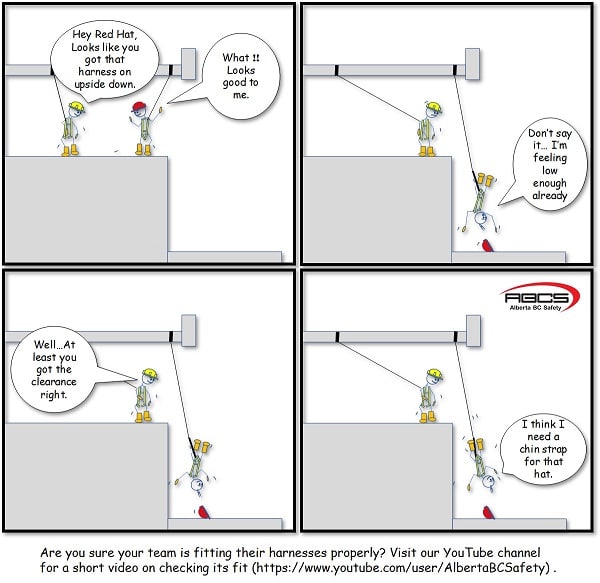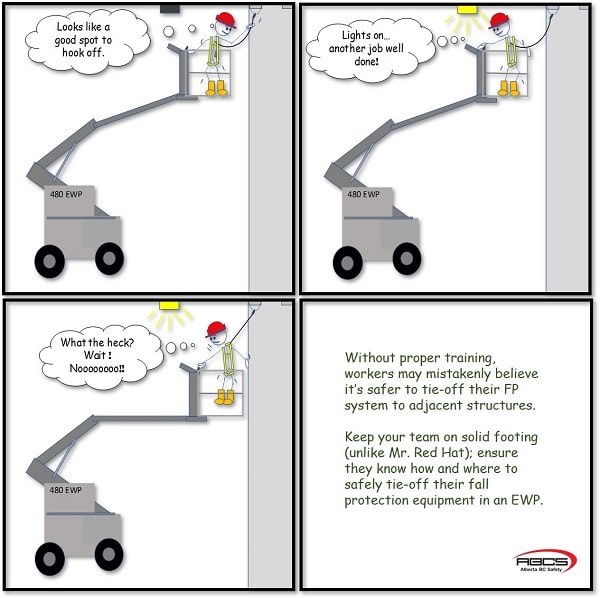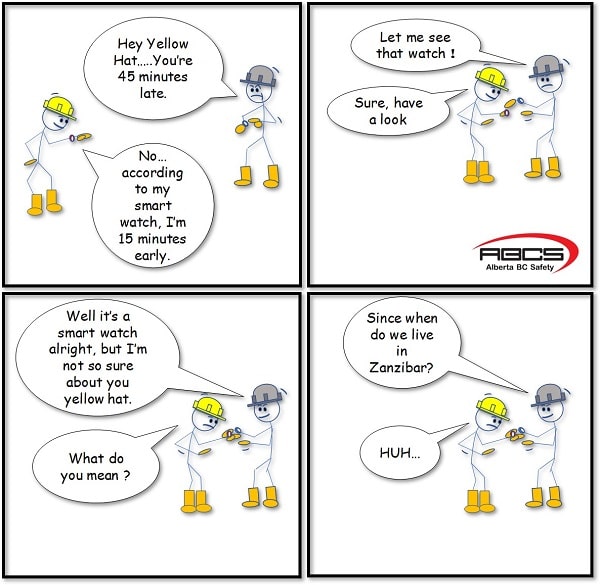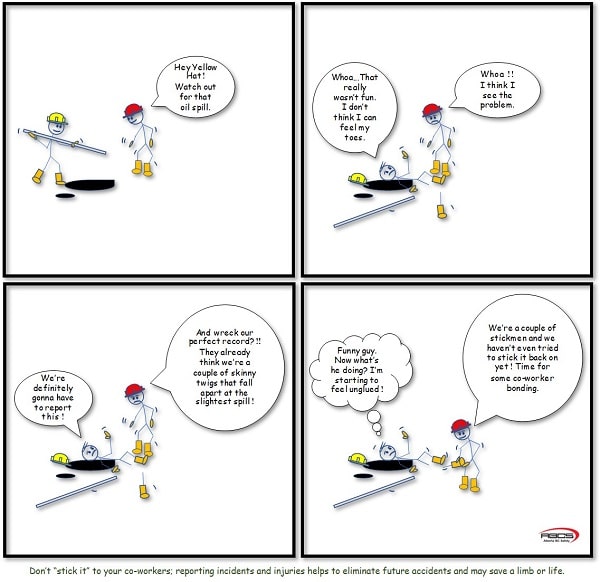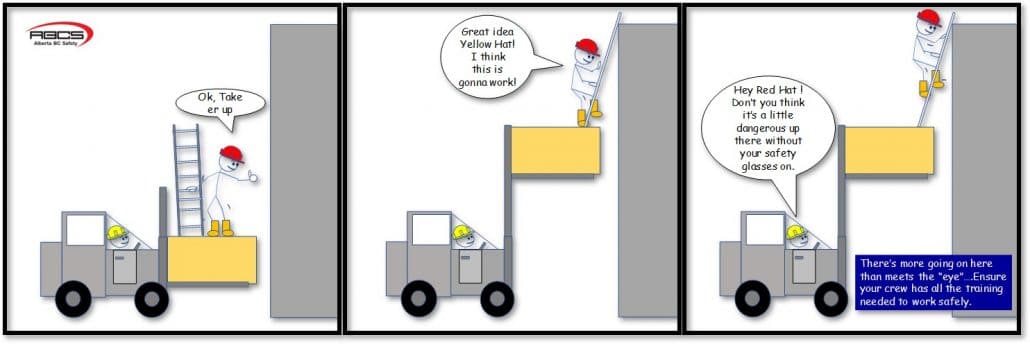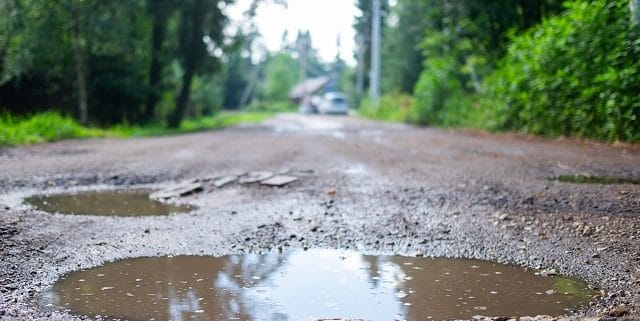The Luck of the Irish
Some of us may be a little worse for wear this morning after partaking in some Saint Patrick’s Day festivities. I know the call of those green beers, leprechaun costumes and the social acceptance of pinching a perfect stranger is too much for some of us to say no to. However, showing up to work hungover and on a couple of hours of sleep just won’t cut it. Don’t get me wrong, I’m all for celebrating the Irish or any other event where I get to drink beer mid-day. But being hungover can lead to some serious safety hazards.
Tying one on the night before and only getting three or four hours of sleep may not be enough for you to get the alcohol out of your system. Therefore, you are technically still impaired which leads to so many safety hazards such as delayed response, poor judgement, bad decision making and absent mindedness…..not to mention the physical hazards, like sluggishness, dehydration and exhaustion. No one is saying you can’t unwind and enjoy a big event like St. Paddy’s Day, but if you have to be on site the next morning try and ease up. Make sure to not go overboard, drink a lot of water and call it quits with enough time for you to get a good night’s sleep and recover. Try and keep your big party nights for when you have no work the next day. If you do overindulge on “Sunday funday” it’s best to call in sick rather than putting yourself and co-workers in danger. I wouldn’t make a habit out of this, you may end up unemployed with no pot O’gold. ☘️


